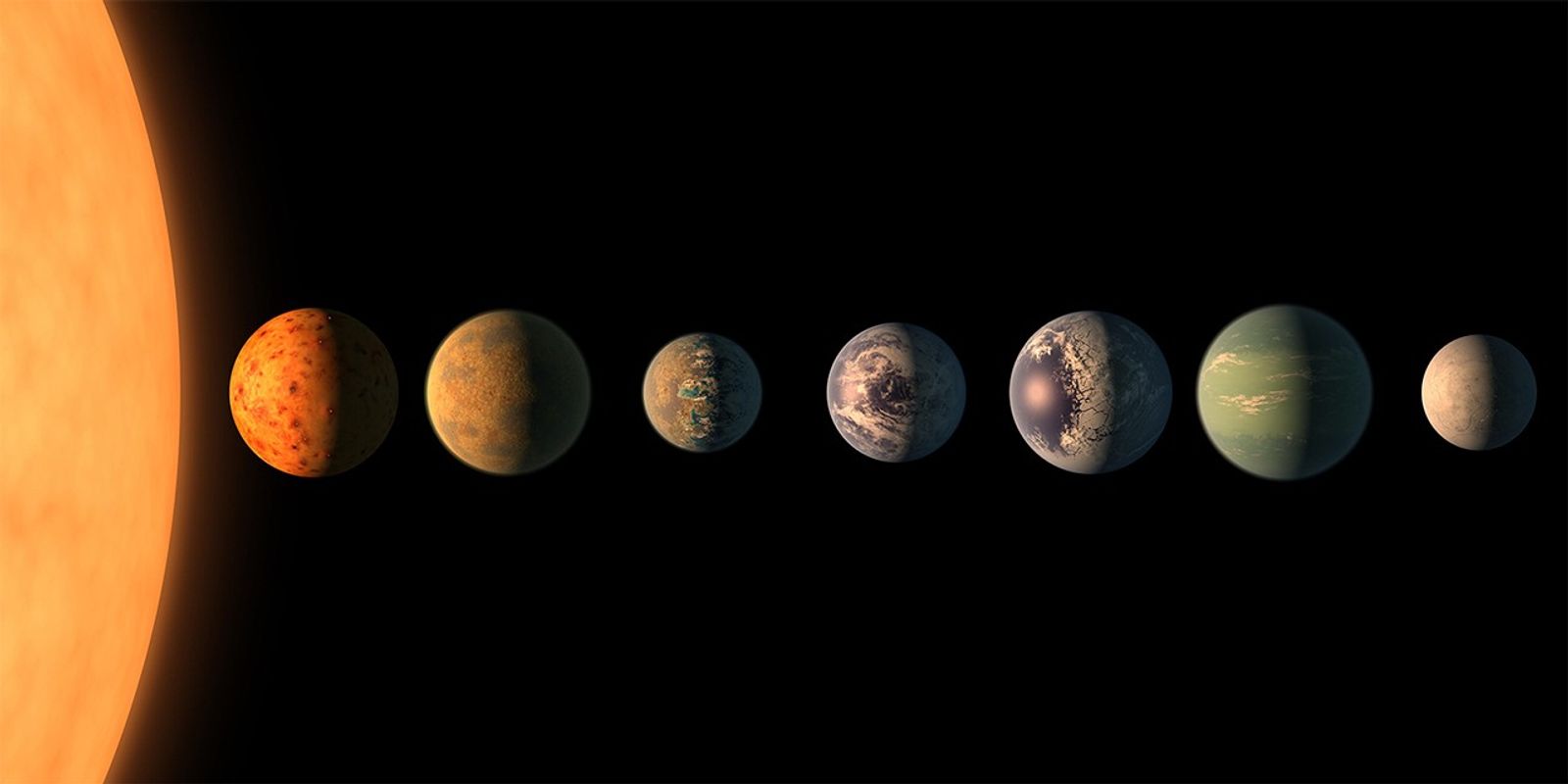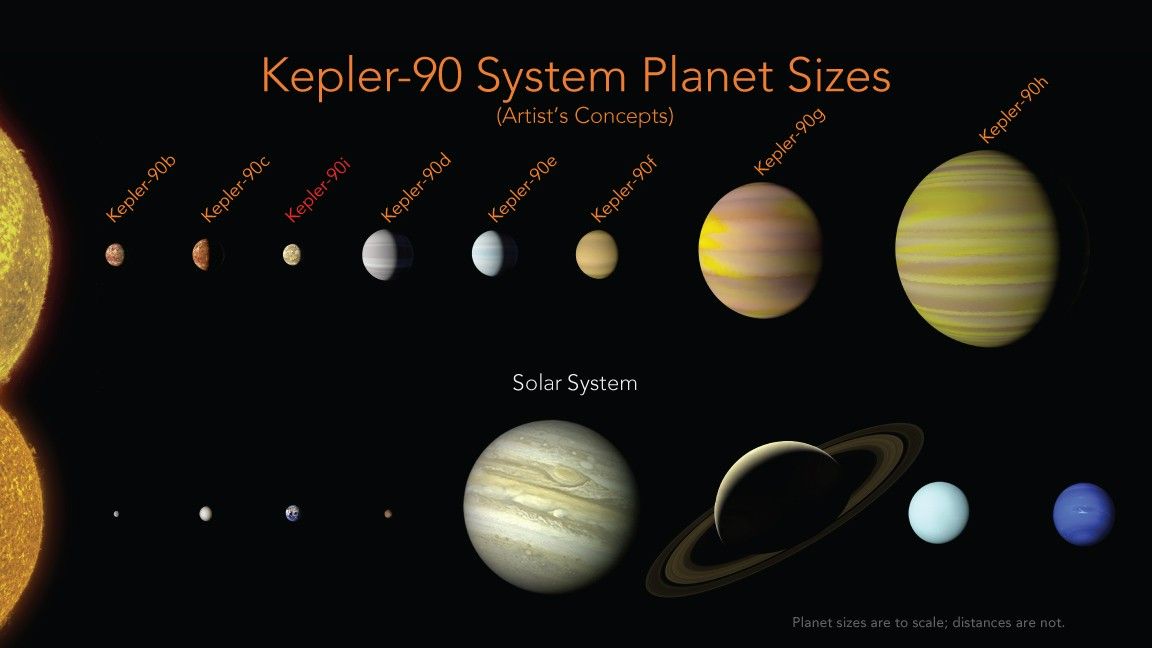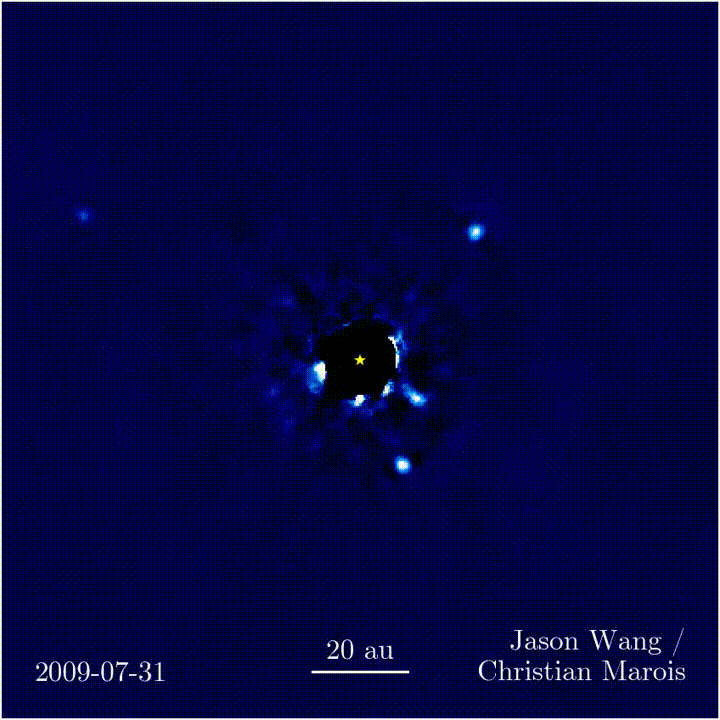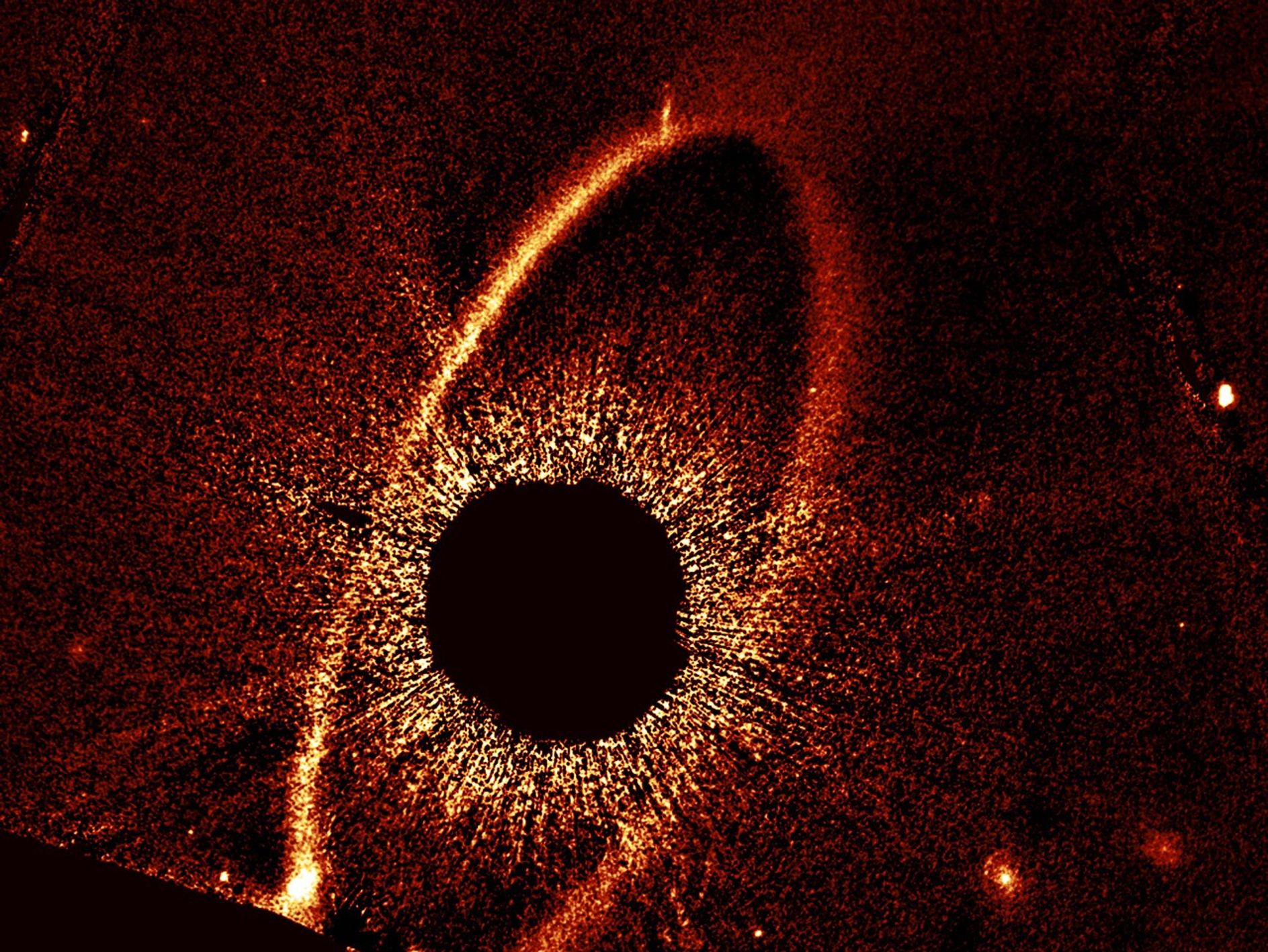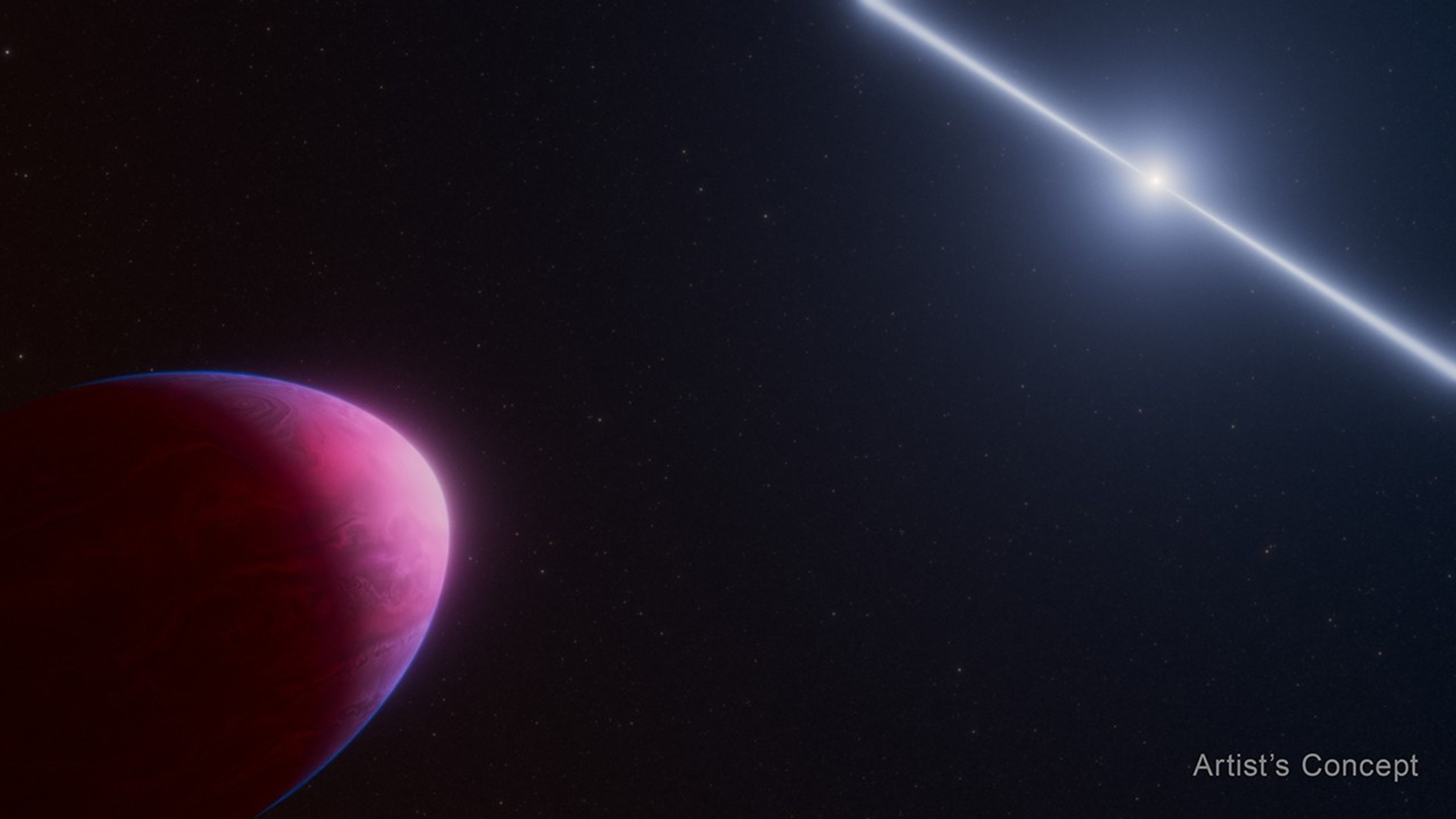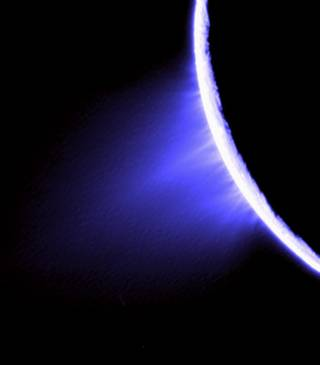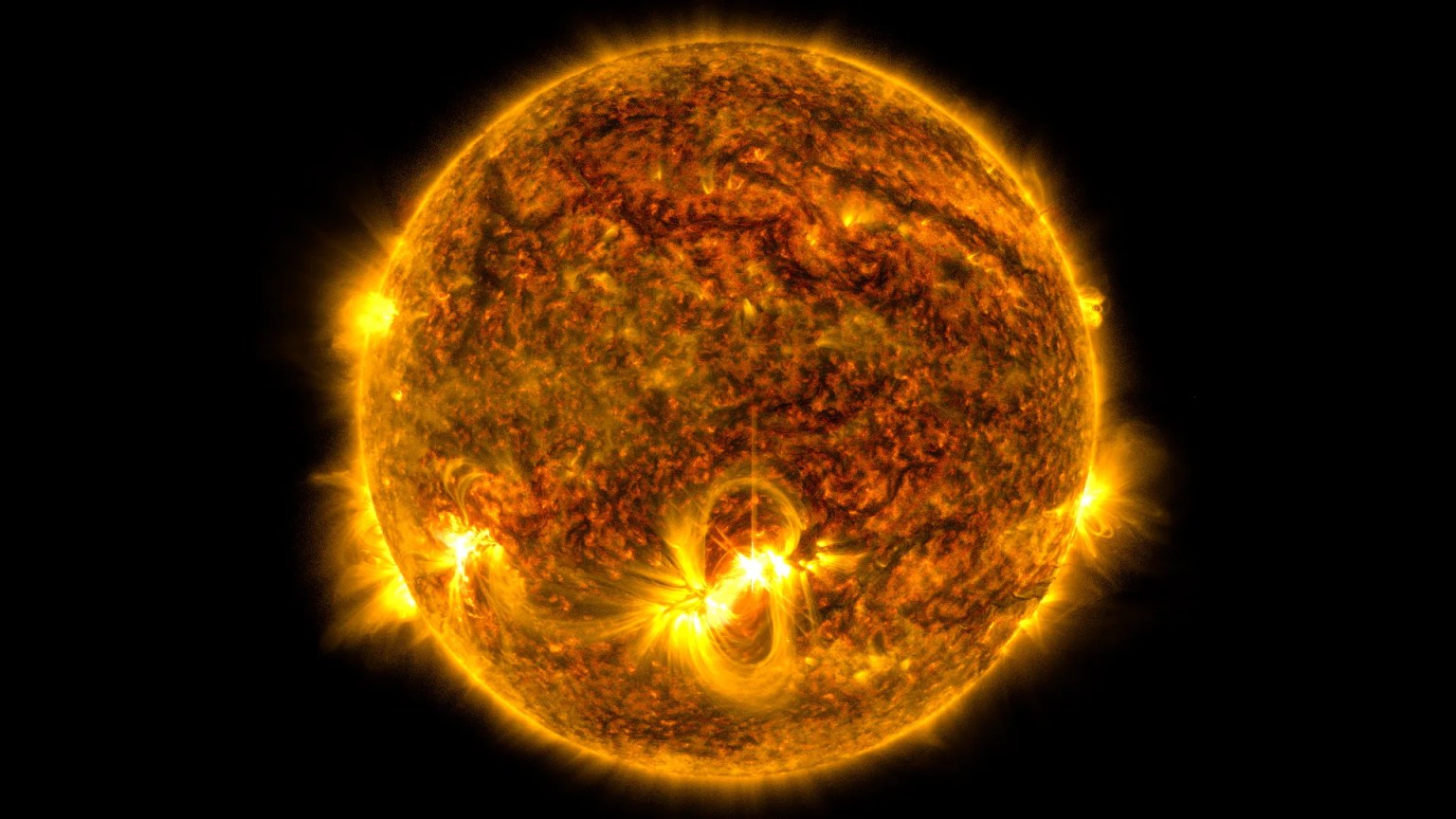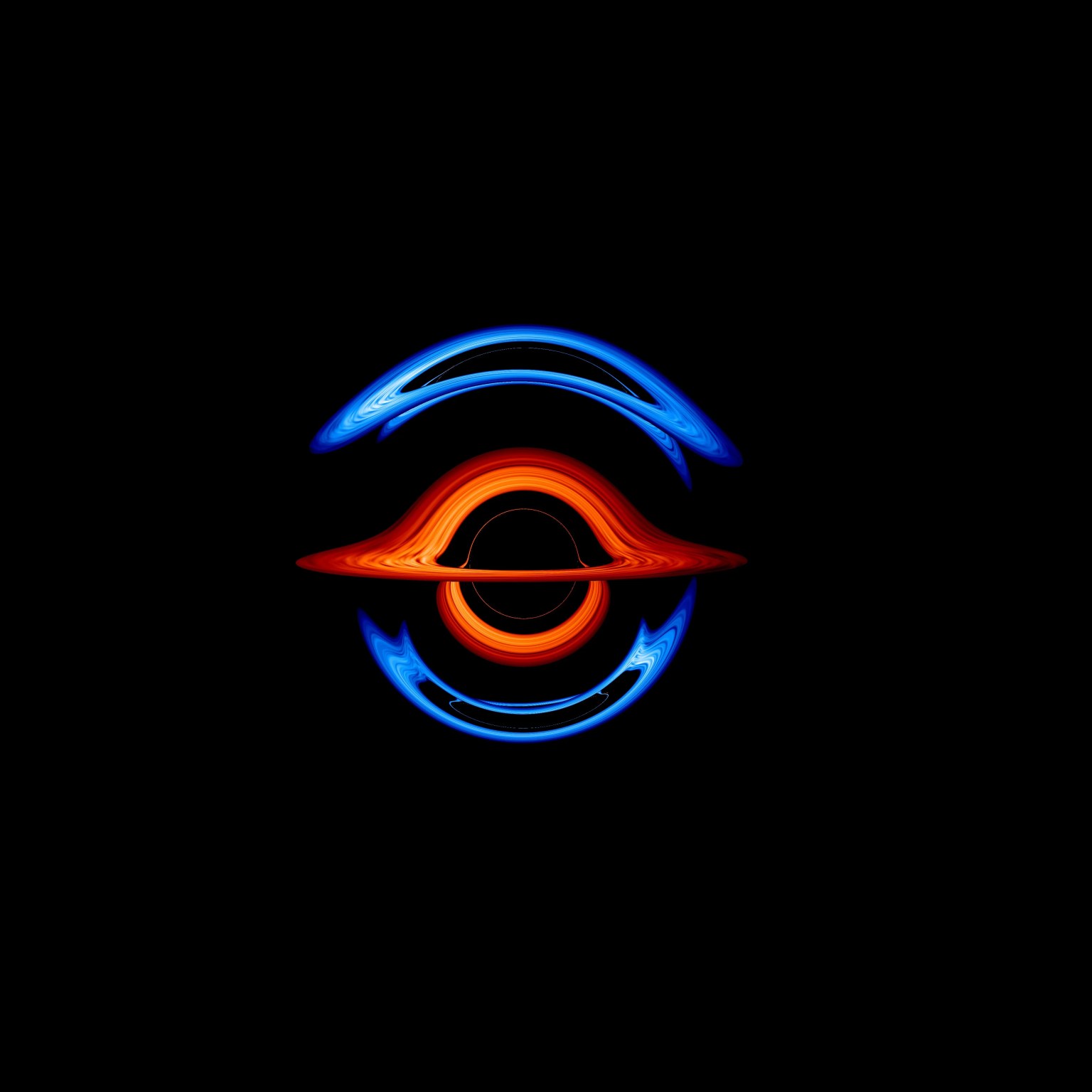For New Year’s Eve, we’re sharing the top moments of the past year in NASA’s search for life and planets outside our solar system. Here are a few of the most exciting discoveries of 2017, as we count down to a new year, and new worlds.
1. Most Earth-size planets in the habitable zone
This year brought us one of the most exciting discoveries yet: a system of seven worlds that sets a new record for the greatest number of habitable-zone planets found around a single star. All seven of TRAPPIST-1 planets could have liquid water under the right atmospheric conditions, but the chances are highest with the three in the habitable zone. The three planets in the habitable zone are in the area around the parent star where a rocky planet is most likely to have the temperature for liquid water– which is key to life as we know it. But recent findings suggest life would have an uphill battle on a planet close to a red dwarf star like TRAPPIST-1, largely because such stars are extremely active in their early years—shooting off potentially lethal flares and bursts of radiation.
More: NASA telescope reveals largest batch of Earth-size, habitable-zone planets around single star
2. First alien system with eight planets
Our solar system now is tied for most number of planets around a single star, with the recent discovery of an eighth planet circling Kepler-90, a Sun-like star 2,545 light-years from Earth. The newly-discovered Kepler-90 i – a sizzling hot, rocky planet that orbits its star once every 14.4 days – was found in data from NASA’s Kepler Space Telescope, using machine learning from Google. In this case, computers learned to identify the signals caused by planets by finding instances in Kepler data where the telescope recorded changes in starlight caused by planets beyond our solar system, known as exoplanets.
More: See the Kepler-90 system in 3D
3. First movie of four exoplanets
The technology to directly image exoplanets is still in early stages, but the results are already spectacular. This new movie shows four planets more massive than Jupiter orbiting their star HR 8799, more than 100 light-years from Earth. The movie is actually a series of images taken over seven years at the W.M. Keck Observatory in Hawaii. Only a small fraction of the planets' full orbits are shown over this time period. The closest-in planet circles the star in around 40 years; the furthest takes more than 400 years.
4. Planet that snows sunscreen
A delightfully strange discovery of 2017 was made by NASA’s Hubble Space Telescope: a blistering hot planet outside our solar system where it "snows" sunscreen. The problem is the sunscreen (titanium oxide) precipitation only happens on the planet's permanent night side. Any possible visitors to the exoplanet, called Kepler-13A b, would need to bottle up some of that sunscreen, because they won't find it on the sizzling hot, daytime side, which always faces its host star.
More: Hubble observes exoplanet that snows sunscreen
5. A very dark world
If you like oddball planets, here’s a contender for the weirdest. In 2017, NASA's Hubble Space Telescope observed a pitch-black exoplanet that’s the shape of an egg. WASP-12 b looks as black as fresh asphalt because it eats light rather than reflecting it back into space. The doomed Jupiter-like planet is also being stretched into the shape of an egg by the tidal forces of its extremely close star, which will ultimately destroy it.
More: NASA's Hubble captures blistering pitch-black planet
Honorable mention: 100 years since the first evidence of exoplanets
This year marked the 100th anniversary since the first evidence of planets outside our solar system. But the photographic proof of this astonishing discovery was overlooked and buried in the Mount Wilson Observatory archives, because no one knew exoplanets existed. The data was only rediscovered and published last year.




























